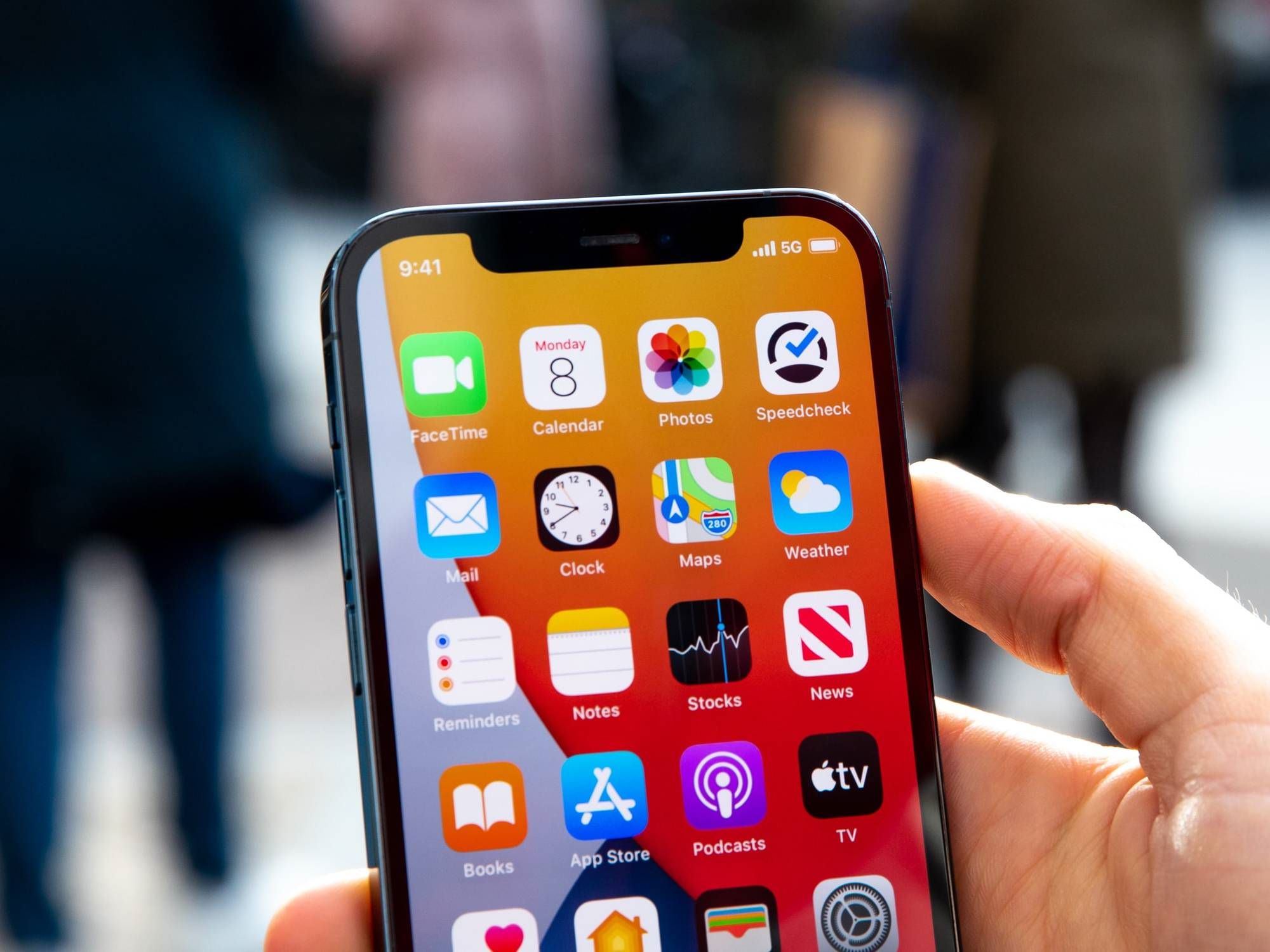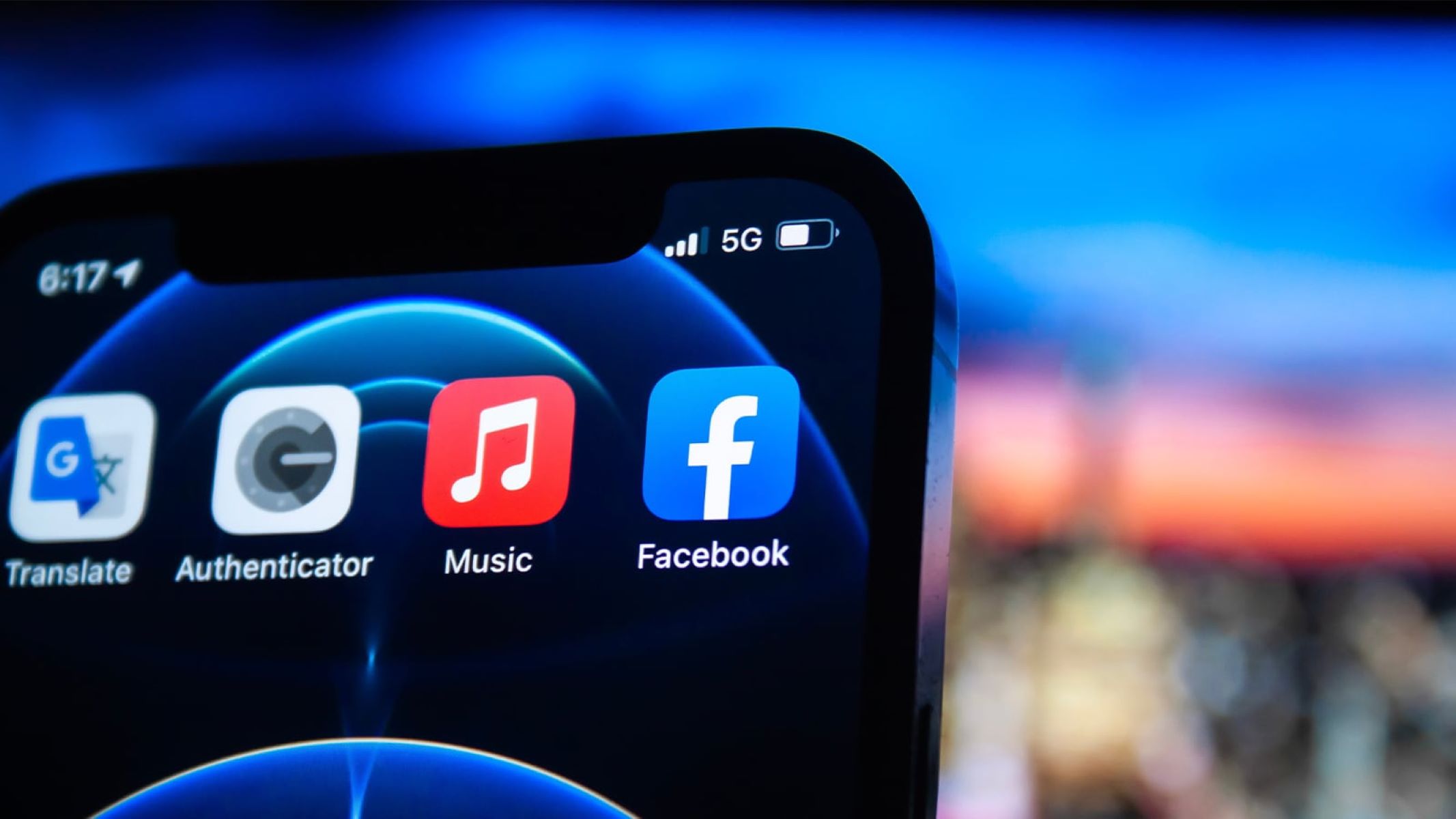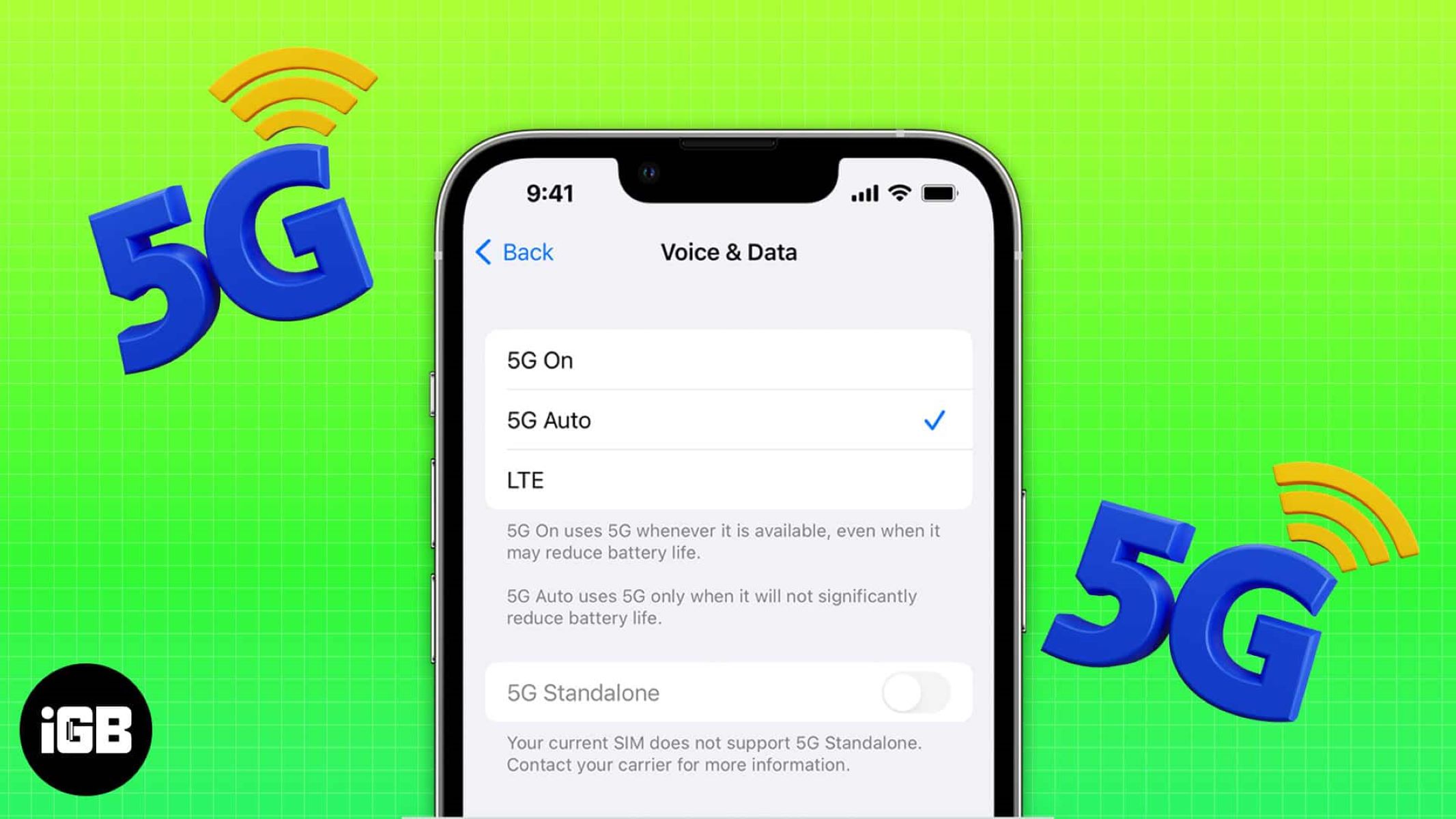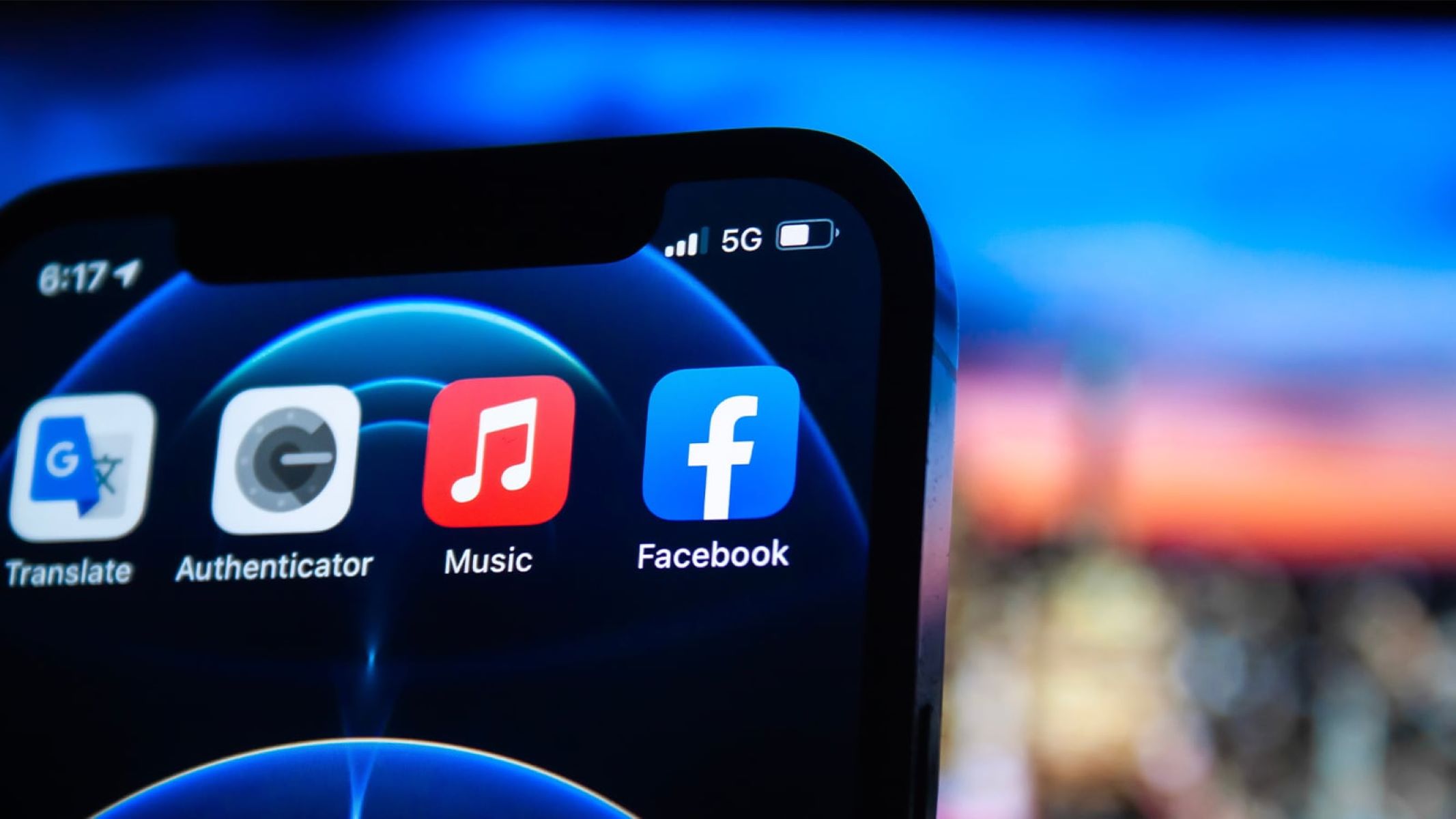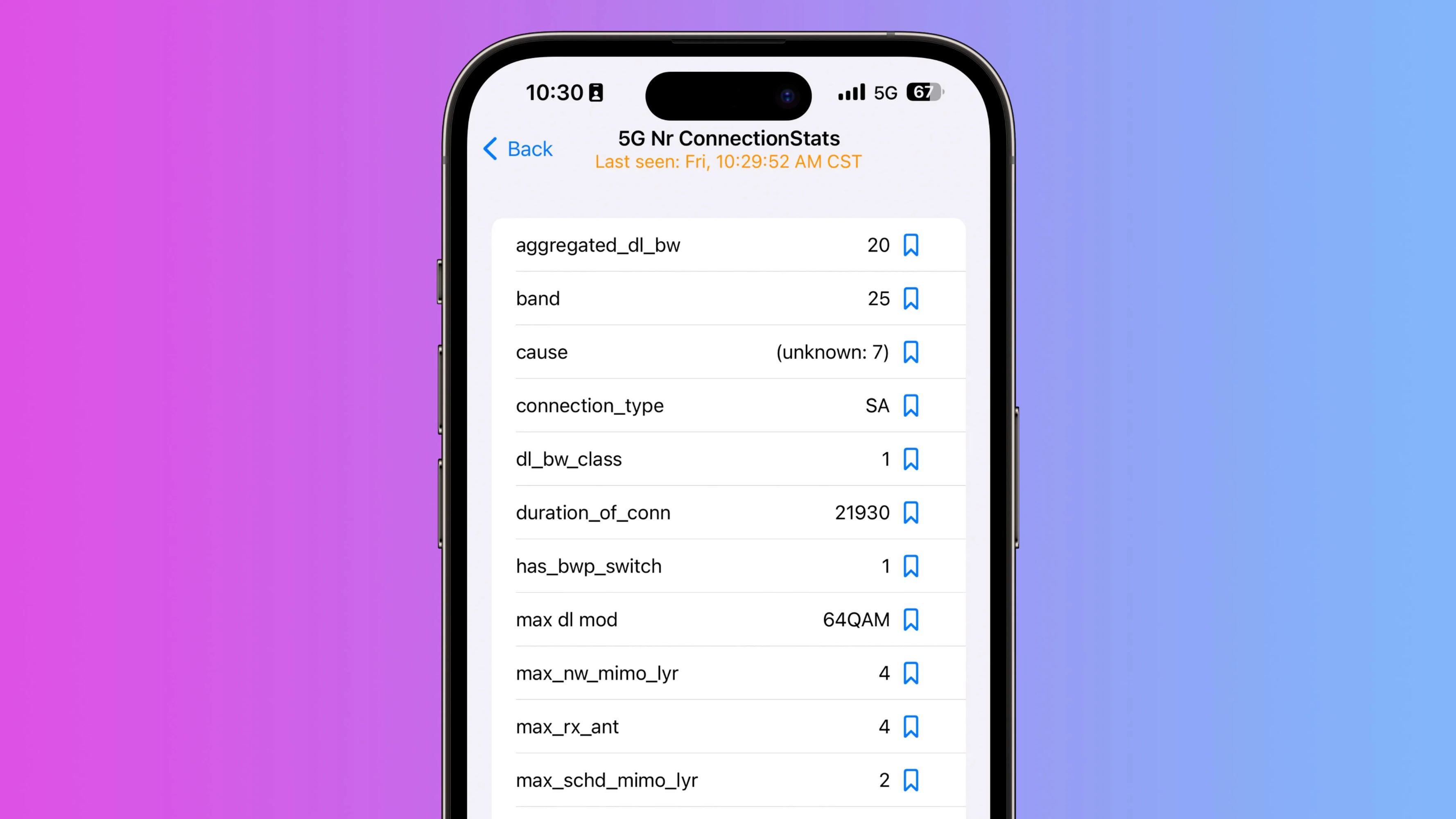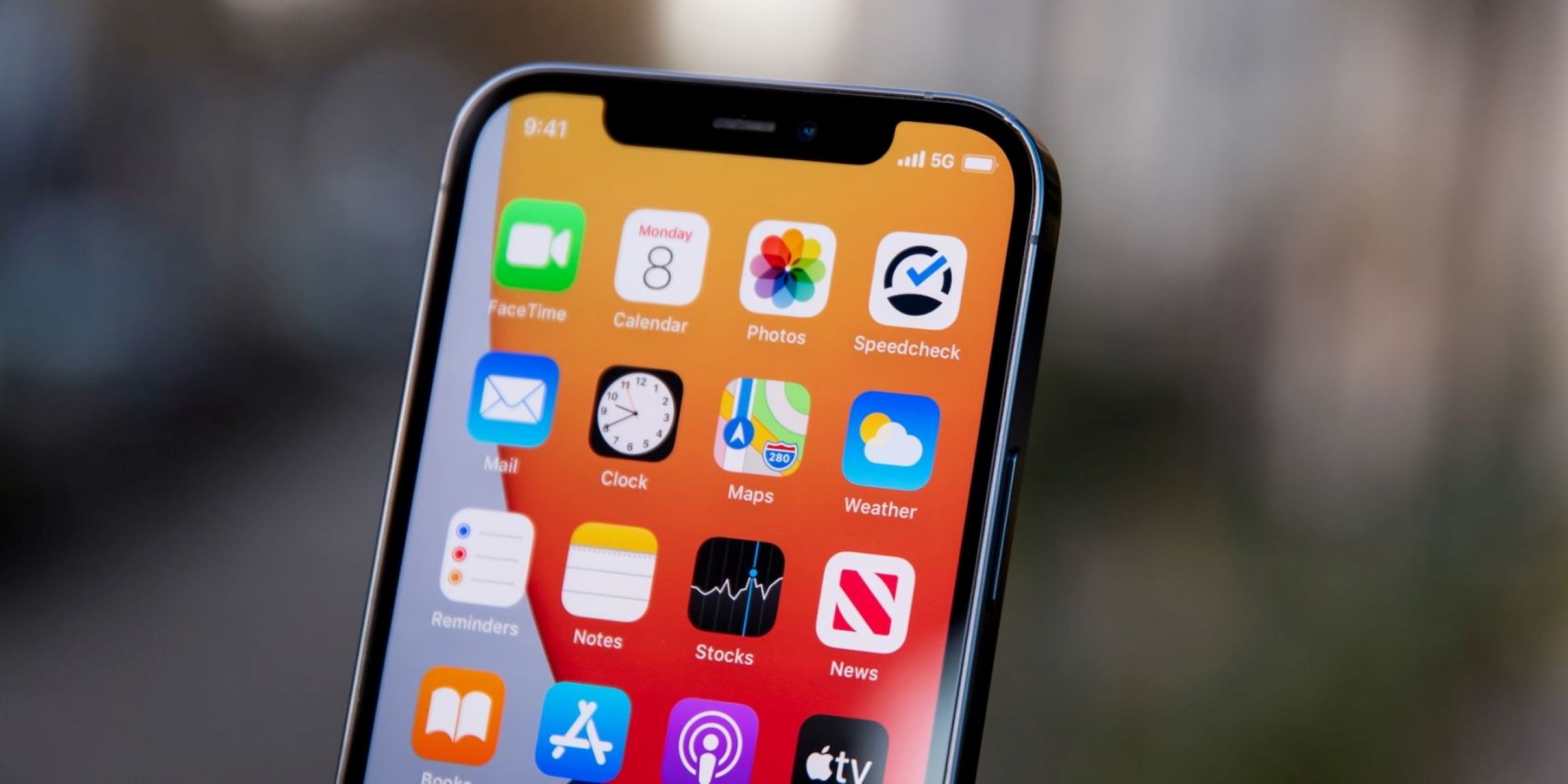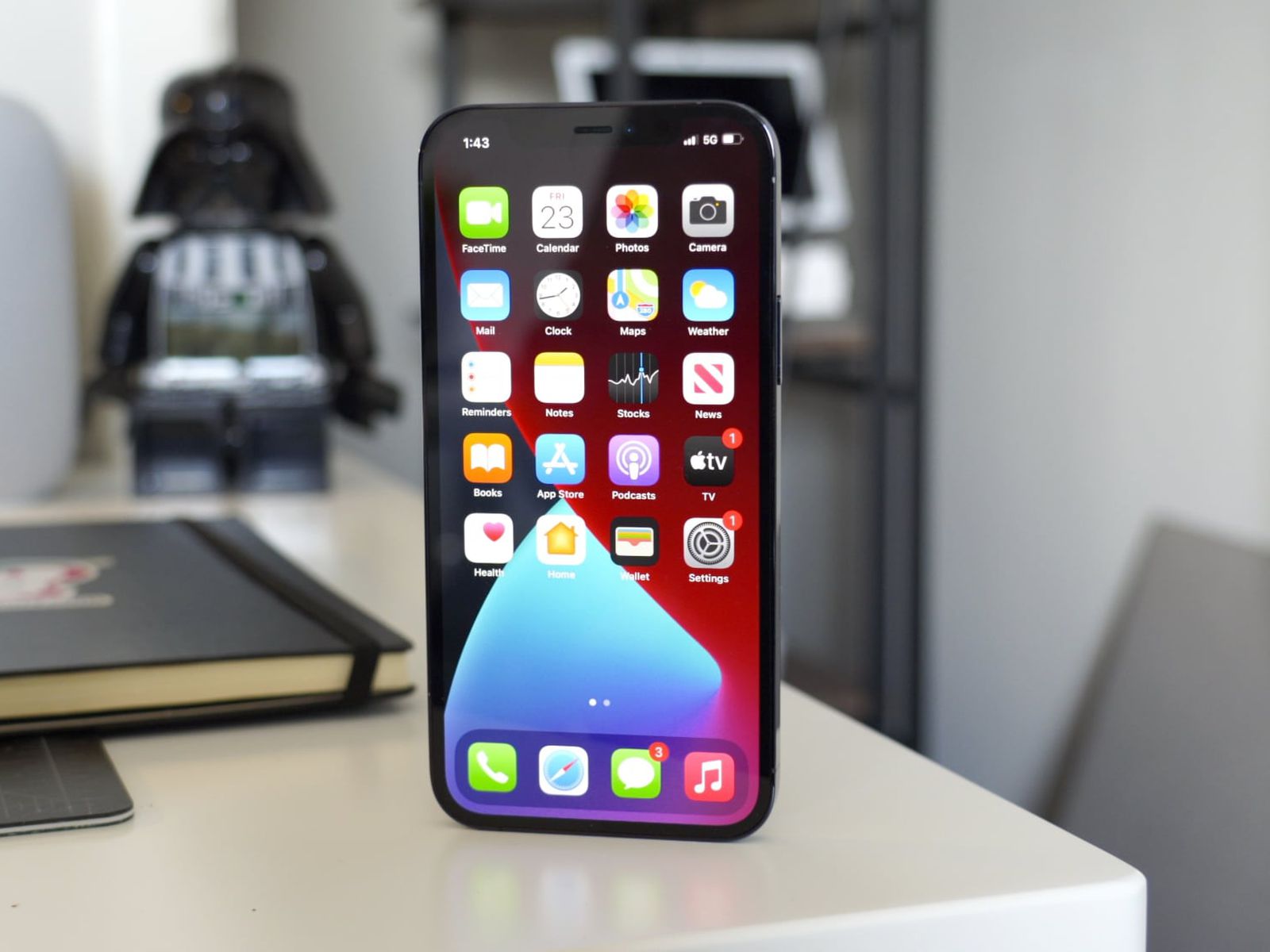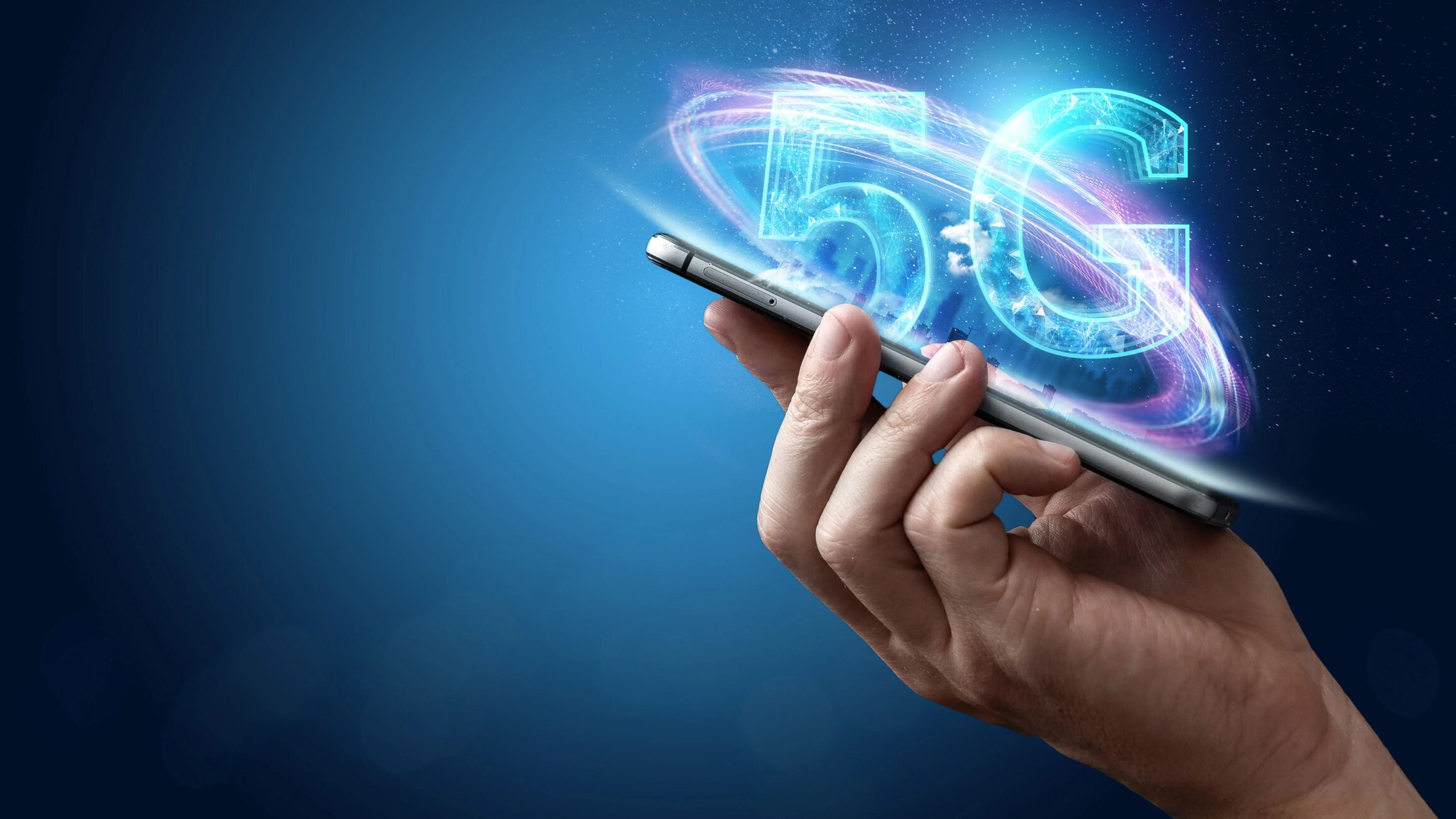What is 5G?
5G, short for the fifth generation, is the latest and most advanced mobile network technology available today. It is designed to offer faster internet speeds, lower latency, and increased capacity compared to previous generations like 4G and 3G. With 5G, users can experience faster download and upload speeds, seamless streaming of high-definition content, and virtually lag-free video calls.
Unlike its predecessors, 5G is not just an upgrade in terms of speed; it is a transformative technology that has the potential to revolutionize various industries and enable new applications. With its high bandwidth and low latency, 5G opens up possibilities for innovations in autonomous vehicles, smart cities, augmented reality, and the Internet of Things (IoT).
One of the key factors that differentiate 5G from previous generations is its use of higher frequency bands. 5G networks utilize millimeter waves, which are higher frequency radio waves that can transmit data at much faster speeds. However, these waves have shorter range compared to the lower frequency waves used in 4G, requiring a denser network of small cells to ensure consistent coverage.
Another important feature of 5G is its ability to support massive connectivity. With its expanded capacity, 5G can connect a significantly larger number of devices simultaneously, making it ideal for environments with a high density of connected devices or IoT deployments.
Overall, 5G represents a significant leap forward in mobile network technology, offering faster speeds, lower latency, and greater capacity. Its impact extends beyond just smartphone users, as it has the potential to drive innovation and transform numerous industries.
How does 5G work?
At its core, 5G technology works by utilizing a combination of new radio frequencies, advanced network architecture, and improved signal processing techniques. Let’s take a closer look at the key components and principles behind 5G networks.
Firstly, 5G utilizes higher frequency bands, known as millimeter waves, which offer significantly higher data transfer rates compared to the lower frequency bands used in previous generations. These millimeter waves can transmit large amounts of data at ultra-fast speeds, but they have a shorter range and are easily obstructed by physical objects like buildings and trees. To overcome these challenges, 5G networks employ a dense network of small cells that are strategically placed to ensure consistent coverage and provide high-speed connectivity.
Secondly, 5G operates on a diverse spectrum that includes both licensed and unlicensed frequencies. The use of different frequency bands allows for optimal performance and flexibility. For example, lower frequency bands offer wider coverage and better penetration through obstacles, while higher frequency bands provide faster speeds and greater capacity.
Another key aspect of 5G technology is its advanced network architecture, which includes virtualization and network slicing. Virtualization allows for the creation of virtual network functions, enabling efficient resource allocation and scalability. Network slicing, on the other hand, allows operators to allocate specific portions of the network for different use cases or industries, ensuring tailored performance and quality of service.
Furthermore, 5G networks incorporate advanced signal processing techniques, such as beamforming and Massive MIMO (Multiple-Input Multiple-Output). Beamforming focuses and directs the signal towards specific devices or locations, improving signal strength and reducing interference. Massive MIMO utilizes a large number of antennas at the base station to transmit and receive multiple signals simultaneously, significantly increasing network capacity and efficiency.
Overall, the combination of higher frequency bands, advanced network architecture, and signal processing techniques makes 5G technology capable of delivering faster speeds, lower latency, and increased capacity compared to previous generations. Its deployment requires a dense network infrastructure and careful optimization to ensure reliable and widespread coverage.
Benefits of 5G
5G technology brings a multitude of benefits that have the potential to revolutionize various aspects of our lives. Let’s delve into the advantages that 5G offers:
1. Faster Speeds: One of the primary advantages of 5G is its incredibly fast internet speeds. With download and upload speeds that are several times faster than 4G, users can experience seamless streaming of high-definition content, swift file downloads, and virtually lag-free video calls.
2. Reduced Latency: Latency refers to the time it takes for data to travel from the source to its destination. 5G technology significantly reduces latency, enabling real-time communication and responsiveness. This is particularly beneficial for applications like online gaming, remote surgery, and autonomous vehicles that require instant feedback and prompt action.
3. Enhanced Capacity: 5G networks have a substantially higher capacity compared to previous generations. They can support a massive number of connected devices simultaneously, making them ideal for environments with a high density of IoT devices or in crowded areas where many people rely on mobile connectivity simultaneously.
4. Improved Reliability: 5G networks introduce advanced techniques like network slicing, which allows operators to allocate specific portions of the network for different use cases. This ensures that critical applications, such as emergency services or mission-critical industrial systems, receive dedicated resources and greater reliability.
5. Transformative Applications: The high speeds, low latency, and increased capacity of 5G pave the way for innovative applications that were previously not feasible. This includes autonomous vehicles, remote robotic surgeries, smart cities, virtual and augmented reality experiences, and seamless IoT integration that can improve efficiency and quality of life.
6. Economic Growth: The deployment of 5G technology is expected to drive economic growth and create new job opportunities. Industries that benefit from the capabilities of 5G, such as healthcare, transportation, and manufacturing, can experience increased productivity, cost efficiency, and innovation, contributing to overall economic development.
Overall, the numerous benefits of 5G technology make it a game-changer in terms of speed, latency, capacity, reliability, and enabling new applications. The widespread adoption of 5G has the potential to shape the future and unlock countless possibilities across various sectors.
What is the difference between 5G and previous generations (4G, 3G)?
5G is not just an incremental upgrade over previous generations like 4G and 3G, but a revolutionary leap in mobile network technology. Here are the key differences between 5G and its predecessors:
1. Speed: 5G offers significantly faster download and upload speeds compared to 4G and 3G. While 4G networks typically provide download speeds of up to several hundred megabits per second, 5G can deliver speeds in the gigabit per second range. This means faster downloads, smoother streaming, and virtually no buffering.
2. Latency: Latency, or the delay in data transmission, is much lower in 5G compared to previous generations. While 4G networks have an average latency of around 50 milliseconds, 5G can achieve latency as low as 1 millisecond. This near-real-time responsiveness enables applications that require instant feedback, such as autonomous vehicles and remote surgeries.
3. Capacity: 5G networks have a significantly higher capacity to handle a large number of connected devices simultaneously. While 4G networks can support thousands of devices per square kilometer, 5G can handle millions. This increased capacity is crucial for the growing number of IoT devices and the demands of densely populated areas.
4. Spectral Efficiency: 5G networks use radio waves more efficiently than 4G and 3G networks. They can transmit more data using the same amount of spectrum, which allows for greater network capacity and improved overall performance.
5. Network Slicing: 5G introduces the concept of network slicing, which enables network operators to allocate specific portions of the network for different use cases or industries. Each slice can be tailored to meet the unique requirements of applications such as autonomous vehicles, smart grids, or industrial automation, ensuring optimal performance and quality of service.
6. Frequency Bands: 5G utilizes higher frequency bands, including millimeter waves, which offer greater bandwidth and faster data transfer rates. In contrast, 4G and 3G networks operate on lower frequency bands, which provide wider coverage but lower speeds.
7. Application Potential: While 4G and 3G primarily focused on providing faster communication for smartphones and basic internet connectivity, 5G is designed to cater to a wide range of industry-specific applications. Its high-speed, low-latency, and capacity capabilities make it suitable for transformative technologies like autonomous vehicles, augmented reality, smart cities, and IoT.
In summary, 5G represents a significant advancement over previous generations in terms of speed, latency, capacity, and application potential. Its transformative capabilities have the potential to reshape industries and unlock countless possibilities in the digital era.
iPhone and 5G
Apple introduced 5G capability to its iPhone lineup with the release of the iPhone 12 series. This marked a significant milestone for iPhone users, as it enabled them to take advantage of the faster speeds, reduced latency, and enhanced network capacity offered by 5G technology. Here’s how the iPhone embraces 5G:
1. Faster Speeds: With 5G support, iPhone users can experience blazing fast download and upload speeds. They can enjoy seamless streaming of high-definition content, quick file downloads, and smooth video calls, all benefiting from the increased network speed that 5G provides.
2. Enhanced Performance: The integration of 5G in iPhones translates to improved performance across various aspects of the device. Apps can load faster, web browsing becomes more seamless, and latency is reduced, resulting in a snappier and more responsive user experience.
3. Future-Proofing: By incorporating 5G technology, Apple has positioned its iPhones to be future-proofed for the anticipated advancements in mobile networks. As 5G networks continue to expand and evolve, iPhone users can take full advantage of the latest network capabilities and emerging technologies without needing to upgrade their devices.
4. Multimedia Streaming: 5G opens up new possibilities for multimedia streaming on iPhones. Users can stream high-quality videos, participate in video conferences with crystal-clear resolution, and enjoy augmented reality (AR) applications that offer immersive experiences with real-world interactions.
5. Gaming and AR: iPhone users who are gaming enthusiasts or enjoy augmented reality experiences can benefit greatly from 5G. The faster speeds and reduced latency of 5G networks enable more responsive and immersive gaming experiences, whether it’s multiplayer online games or AR apps that seamlessly blend virtual content with the real world.
6. IoT Integration: The increased capacity of 5G networks allows for seamless integration of IoT devices with iPhones. Users can connect and control smart home devices, wearables, and various IoT devices more efficiently. The enhanced capacity also ensures consistent connectivity for a multitude of connected devices simultaneously.
7. App Development: 5G support in iPhones presents opportunities for developers to create innovative applications that leverage the capabilities of 5G technology. Developers can utilize faster speeds, reduced latency, and increased network capacity to build cutting-edge apps that cater to various industries and user demands.
In summary, the integration of 5G technology in iPhones opens up a world of possibilities for users, offering faster and more responsive connections, enhanced multimedia experiences, and seamless integration with the Internet of Things. With 5G support, iPhones are equipped to maximize the potential of this revolutionary technology.
Features of iPhone with 5G
The iPhone with 5G brings a plethora of features that enhance the overall user experience and take full advantage of the capabilities offered by 5G technology. Let’s explore some of the key features:
1. Ultra-Fast Downloads and Streaming: With 5G connectivity, iPhone users can experience lightning-fast download and streaming speeds. This means less time waiting for apps or media to load, and seamless streaming of high-definition videos without buffering or lag.
2. Reduced Latency: The integration of 5G in the iPhone reduces latency, providing near real-time responsiveness. This is particularly beneficial for activities like online gaming, video conferencing, and accessing cloud-based applications, as it minimizes any delays during interactions.
3. Enhanced Video Calling: The combination of 5G and the iPhone’s advanced camera capabilities makes video calling an immersive experience. With faster upload speeds and lower latency, users can enjoy high-definition video calls with crystal-clear quality and minimal lag.
4. Augmented Reality (AR) Experiences: The iPhone with 5G offers an unparalleled AR experience. With faster speeds and reduced latency, users can enjoy immersive AR applications that seamlessly blend virtual content with the real world, whether it’s exploring interactive maps, playing AR games, or trying out virtual shopping experiences.
5. App Performance: 5G-enabled iPhones benefit from improved app performance. Apps load faster, updates download quickly, and overall app performance is snappier due to the increased network speeds and reduced latency provided by 5G connectivity.
6. Multiplayer Gaming: Online gaming enthusiasts will appreciate the enhanced multiplayer gaming experience on the iPhone with 5G. The faster speeds and low latency enable smooth and immersive gameplay, whether competing in team-based games or engaging in real-time multiplayer matches.
7. Efficient IoT Integration: The increased network capacity of 5G allows for seamless integration with IoT devices. iPhone users can easily connect and control a wide range of smart devices, such as smart home appliances, wearables, and other IoT gadgets, all without sacrificing network performance.
8. Future-Proofed: iPhones with 5G support are future-proofed, as they are ready to take advantage of advancements in 5G technology and network expansions. With 5G technology being the future of mobile networks, having an iPhone that supports 5G ensures that users can stay connected and enjoy the latest features and applications as they become available.
In summary, the iPhone with 5G offers a host of features that optimize the user experience. From ultra-fast downloads and reduced latency to immersive AR experiences and efficient IoT integration, the iPhone with 5G takes full advantage of the capabilities offered by this transformative technology.
How to Check if Your iPhone Supports 5G?
If you’re wondering whether your iPhone supports 5G, here are some steps to check:
1. Identify Your iPhone Model: First, determine which iPhone model you have. Not all iPhone models support 5G connectivity. As of now, the iPhone 12 series, including the iPhone 12, iPhone 12 mini, iPhone 12 Pro, and iPhone 12 Pro Max, are the models that offer 5G support.
2. Check Specifications on Apple’s Website: Visit the official Apple website and navigate to the page for your iPhone model. On this page, Apple provides detailed specifications for each iPhone model, including whether or not it supports 5G technology.
3. Look for “5G” in the Network Settings: On your iPhone, go to the “Settings” app and tap on “Cellular” or “Mobile Data.” Look for an option like “Cellular Data Options” or “Mobile Data Options,” then select “Voice & Data.” If your iPhone supports 5G, it will likely have an option to choose between “5G On,” “5G Auto,” or “5G LTE.” If you don’t see this option, your iPhone may not support 5G.
4. Contact Your Mobile Network Operator: If you’re uncertain and still unsure if your iPhone supports 5G, consider reaching out to your mobile network operator. They can provide information on whether your iPhone model is compatible with their 5G network and guide you through the process of activating 5G on your device.
5. Check the SIM card: Another way to determine if your iPhone supports 5G is to check the SIM card. Some mobile network operators require a specific 5G-enabled SIM card to access their 5G network. If your SIM card is not 5G-ready, you may need to contact your operator for a new SIM card.
Remember, 5G availability may vary based on your location and your mobile network operator’s coverage. Even if your iPhone supports 5G, you will need to be in an area with 5G coverage to experience the benefits of 5G technology.
In summary, to check if your iPhone supports 5G, verify the model specifications on Apple’s website, check for 5G options in the network settings menu, or reach out to your mobile network operator for further assistance. Being aware of your iPhone’s 5G compatibility helps you make the most of the advanced network technology available.
Frequently Asked Questions about iPhone and 5G
Here are some common questions that users may have regarding iPhone and 5G:
1. Does every iPhone support 5G?
No, not every iPhone supports 5G. Currently, only the iPhone 12 series (iPhone 12, iPhone 12 mini, iPhone 12 Pro, and iPhone 12 Pro Max) are equipped with 5G capabilities.
2. How can I enable 5G on my iPhone?
To enable 5G on your iPhone, go to “Settings,” then tap on “Cellular” or “Mobile Data.” From there, select “Voice & Data” and choose the 5G option that best suits your preferences, such as “5G On” or “5G Auto.
3. Will my iPhone still work if I don’t have access to 5G?
Yes, your iPhone will still work normally even if you don’t have access to a 5G network. iPhones are backward compatible with previous generations, so you can still connect to 4G or 3G networks for calls, texts, internet browsing, and other functionalities.
4. Will my iPhone battery drain faster with 5G?
The battery life of your iPhone may be affected when using 5G, especially when accessing data-intensive applications. 5G can consume more power than 4G, but Apple has optimized its devices to balance performance and battery life. However, it’s always a good idea to manage your device’s usage and adjust settings if needed to preserve battery life.
5. Do I need a specific SIM card for 5G?
Some mobile network operators require a specific 5G-enabled SIM card to access their 5G network. Check with your operator to see if you need to upgrade your SIM card to a 5G-ready one.
6. Can I use 5G in any location?
5G availability varies by location and mobile network operator. It’s important to check with your operator about the coverage and availability of 5G in your area before expecting to use 5G on your iPhone.
7. Can I use 5G on my old iPhone model?
No, older iPhone models, such as the iPhone 11 series or lower, do not come with 5G support. To access 5G, you would need to upgrade to a compatible iPhone model, like the iPhone 12 series or any future models that offer 5G capabilities.
8. What benefits will I experience with 5G on my iPhone?
With 5G on your iPhone, you can experience faster download and upload speeds, reduced latency, enhanced performance for apps and games, improved video streaming quality, and seamless integration with IoT devices. 5G opens up possibilities for innovative applications and transformative technologies.
These answers should provide clarity on some common questions related to the compatibility, usage, and benefits of 5G on iPhones. If you have specific questions or concerns, it’s always recommended to reach out to Apple Support or your mobile network operator for further assistance.
Conclusion
The integration of 5G technology in iPhones has ushered in a new era of connectivity and possibilities. The iPhone with 5G support enables users to experience faster speeds, reduced latency, enhanced multimedia streaming, and seamless integration with the Internet of Things.
With 5G, iPhone users can enjoy ultra-fast downloads, smoother video calls, and improved app performance. The advanced capabilities of 5G open doors to transformative technologies like augmented reality and provide a foundation for innovation in various industries.
However, it’s essential to note that not all iPhone models support 5G. Currently, only the iPhone 12 series offers 5G capabilities. Users should check the specifications of their iPhone model or contact their mobile network operator to verify 5G compatibility.
As 5G networks continue to expand and evolve, iPhones with 5G support are well-positioned for future advancements in mobile technology. Alongside the benefits of 5G, users can enjoy the future-proofing aspect of their devices, ensuring the ability to access the latest features and applications.
In summary, the integration of 5G in iPhones enhances the user experience, providing faster speeds, reduced latency, and unlocking new possibilities. Whether it’s seamless streaming, immersive gaming, or efficient IoT integration, iPhone users can leverage the power of 5G to stay connected and take full advantage of the advancements in mobile network technology.









